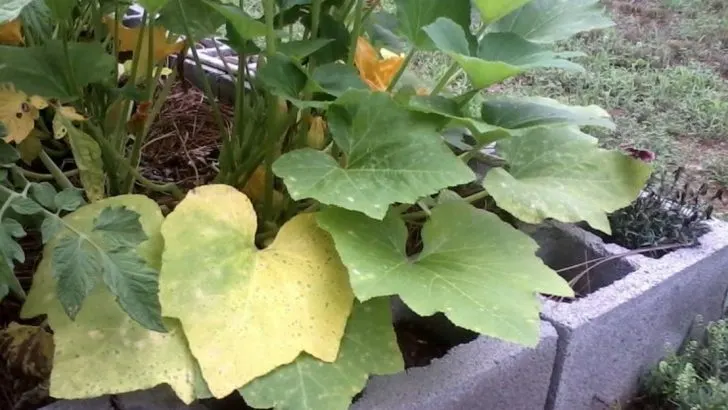Not everything that looks like a problem in your garden is cause for alarm. In fact, some of the things gardeners rush to fix — like mushrooms popping up, bugs buzzing around, or leaves yellowing slightly — can actually be signs of a healthy, active ecosystem.
In this article, we uncover 17 so-called garden “problems” that are often misunderstood but actually point to strong soil, balanced biodiversity, and natural growth cycles. By learning what’s normal — and even beneficial — you can stop fighting nature and start working with it.
Your garden might be doing better than you think — you just need to know what to look for.
Abundant Weeds
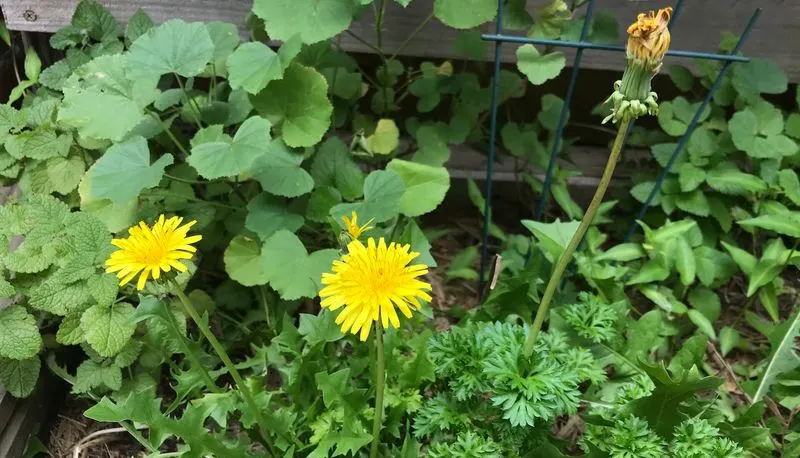
An overabundance of weeds might seem like a gardener’s nightmare. Yet, these tenacious plants signal rich, fertile soil. Weeds thrive where conditions are optimal for growth, indicating your garden’s potential to support a wide range of plant life.
Consider it a natural soil test. If weeds are flourishing, your soil is likely teeming with nutrients, organic matter, and beneficial microorganisms. This fertile ground invites diversity, supporting not just weeds but also the plants you intentionally cultivate.
Instead of battling these intruders, view them as evidence of your garden’s vitality and an opportunity to improve your soil management skills.
Mushroom Appearances
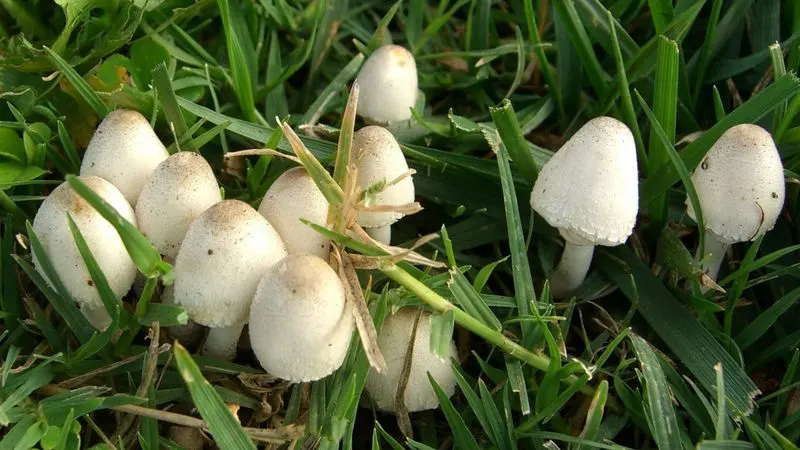
Spotting mushrooms in your garden can be startling. However, they herald a healthy ecosystem. Mushrooms are fungi, playing a crucial role in breaking down organic matter.
Their presence indicates that your garden is rich in decaying material, which is being converted into vital nutrients for your plants. While not all mushrooms are edible, their emergence is a testament to your garden’s vibrant life cycle.
Celebrate their arrival as they signify robust soil activity. This natural process enriches the soil, enhancing plant health and resilience.
Insect Invasion
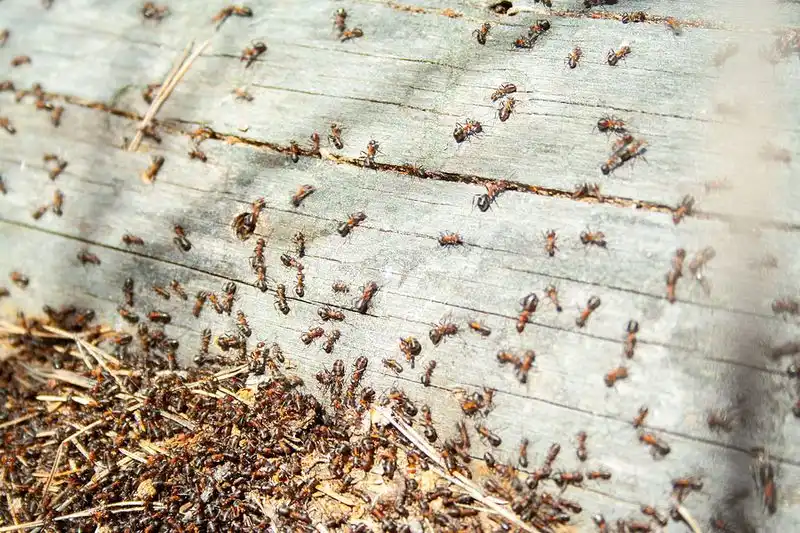
Insects swarming your plants might seem concerning, but they often indicate a balanced ecosystem. Predatory insects, such as ladybugs, keep pest populations in check.
This natural control method reflects a healthy garden environment, reducing the need for artificial pesticides. A diverse insect population suggests a thriving habitat that supports various wildlife forms.
Embrace this diversity, as it strengthens your garden’s resilience against environmental stresses. Encouraging beneficial insects fosters a sustainable garden ecosystem.
Yellowing Leaves
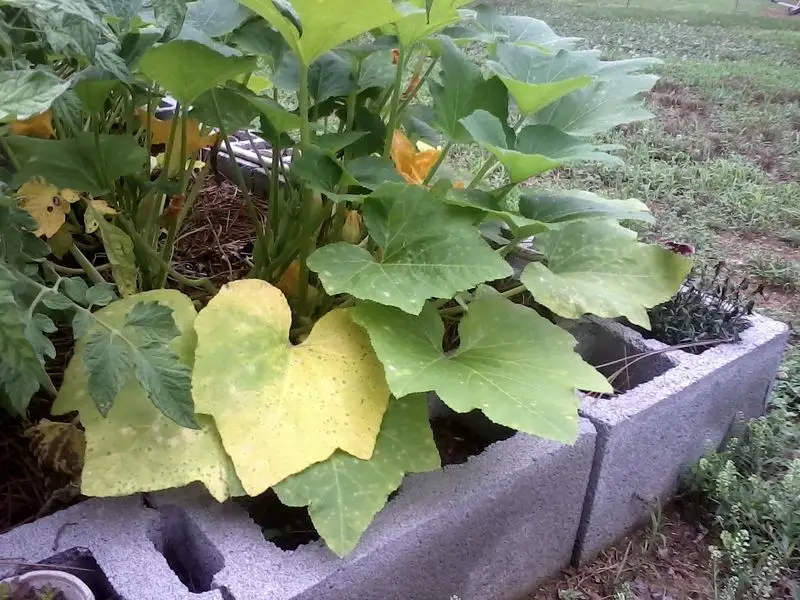
Yellowing leaves often alarm gardeners, signaling nutrient deficiencies or overwatering. However, they can also mean your plants are maturing healthily.
As plants grow, older leaves naturally yellow and drop off, allowing new growth to flourish. This process is part of the plant’s lifecycle, indicating its focus on developing strong stems and new foliage.
Rather than worry, observe which leaves are yellowing. If it’s the older ones, your plants are likely redirecting energy to new growth, a sign of vitality.
Overzealous Vine Growth
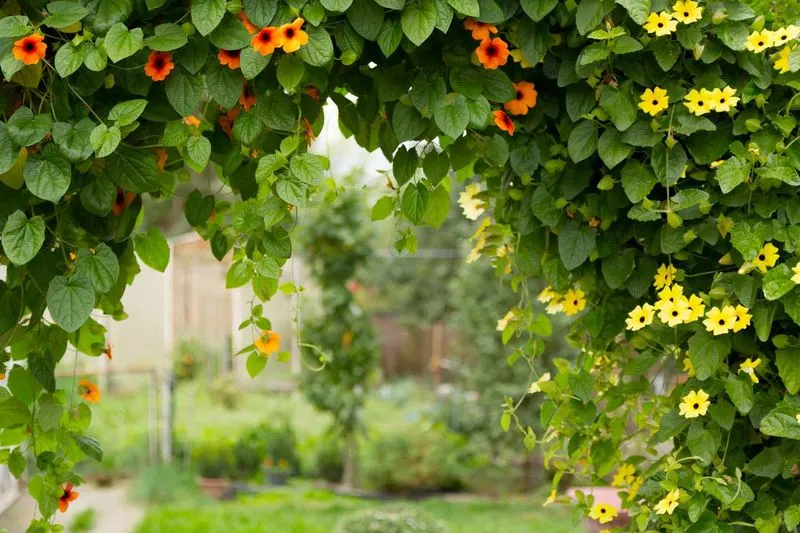
Vines sprawling across your garden might seem overwhelming. However, their vigorous growth signifies strong, healthy plants.
Such exuberance often points to optimal growing conditions, including excellent soil, light, and water availability. Vines’ rapid expansion is a testament to their adaptability and resilience.
Managing this growth can redirect their energy to flower and fruit production. Use their natural tendencies to your advantage by guiding them to cover trellises or fences, adding vertical interest to your garden.
Ant Colonies
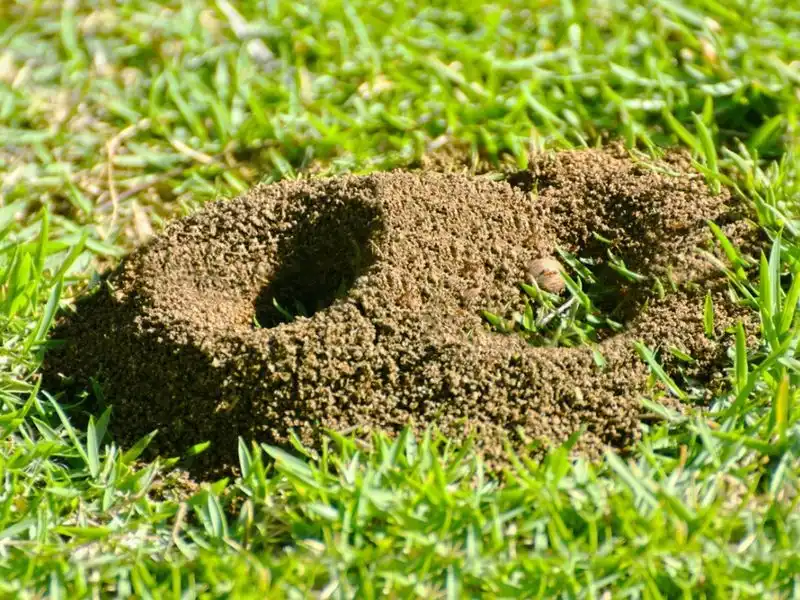
Ants bustling around your plants might raise concerns about pests. However, these industrious insects can benefit your garden.
Ants aerate the soil through their tunneling activities, promoting better water infiltration and root growth. They also help in decomposing organic material, which enriches the soil.
Their presence often indicates well-drained soil. While ants can sometimes tend aphids, they are generally harmless and contribute positively to your garden’s ecosystem when in balance.
Wilted Plants
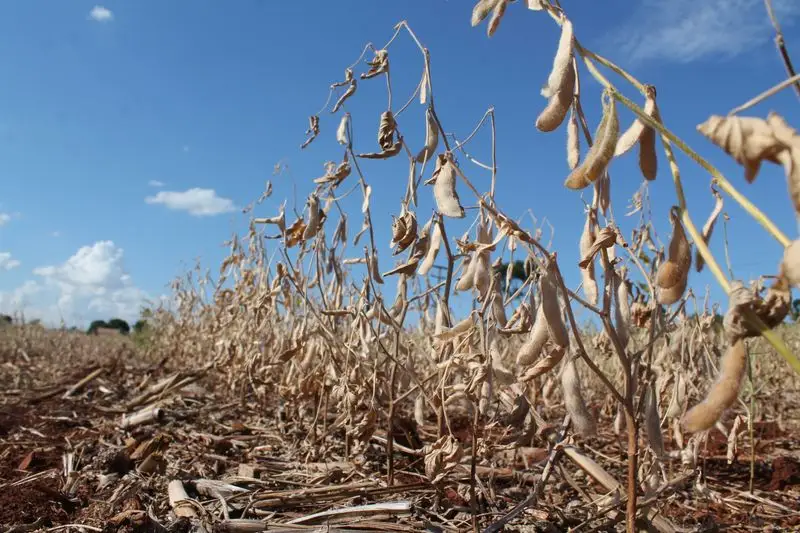
Wilted plants can be alarming, suggesting water stress or disease. However, occasional wilting is part of a plant’s normal response to environmental conditions.
Many plants wilt temporarily during peak heat to conserve water, recovering as temperatures cool. This adaptability indicates a plant’s resilience and ability to manage stress.
Observing wilting patterns helps assess water needs. If plants recover by evening, it signifies efficient water use, a sign of their robust health.
Leaf Spots

Leaf spots might suggest a fungal or bacterial issue, yet they often signal a dynamic ecosystem.
Spots can appear from environmental factors like sun scorch or nutrient splash during watering. These marks tell the story of a plant’s interaction with its environment, reflecting its adaptability.
Such resilience indicates your garden’s capacity to endure diverse conditions. The presence of spots can be normal, adding character to your garden with their unique patterns.
Drooping Branches
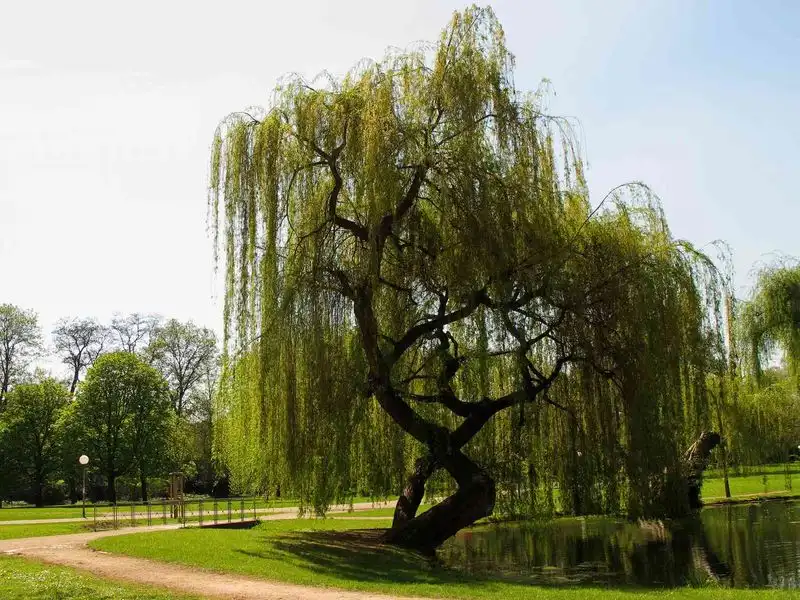
Drooping branches might seem a sign of distress, yet they often indicate a healthy plant adapting to its environment.
Branches droop when laden with fruit or after a rain, demonstrating the plant’s flexibility under weight. This ability to bend without breaking is a sign of strength.
Such plants exhibit a survival trait, showcasing their capacity to thrive despite challenges. Drooping can also signal ripe fruit, inviting a harvest from your flourishing garden.
Cracked Soil
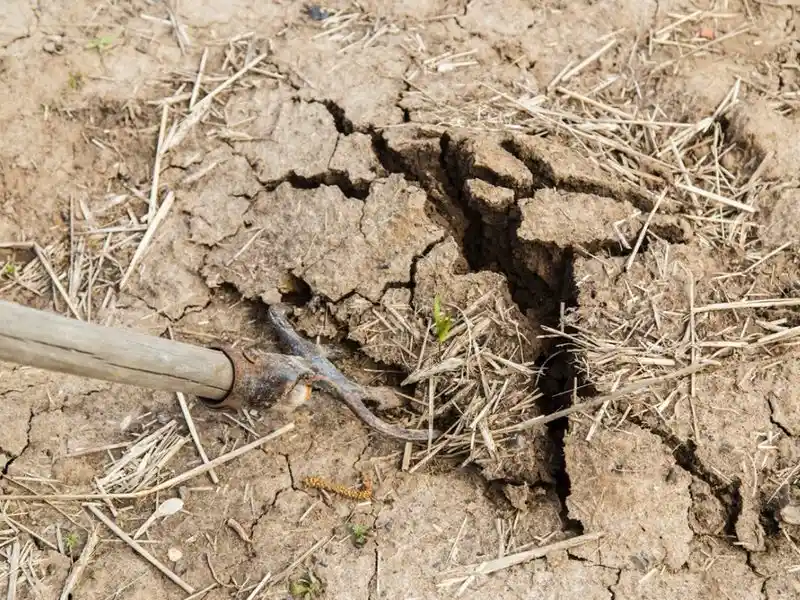
Cracked soil might seem detrimental but indicates a natural, healthy garden process. These cracks often result from clay soil contracting as it dries.
While cracks suggest dryness, they also improve air and water penetration to deeper soil levels. This process is essential for root development and nutrient absorption.
Cracked soil can signal areas needing mulch or organic matter, offering a roadmap for enhancing soil structure. It’s a visual cue of the dynamic processes in your garden’s ecosystem.
Seedling Overcrowding
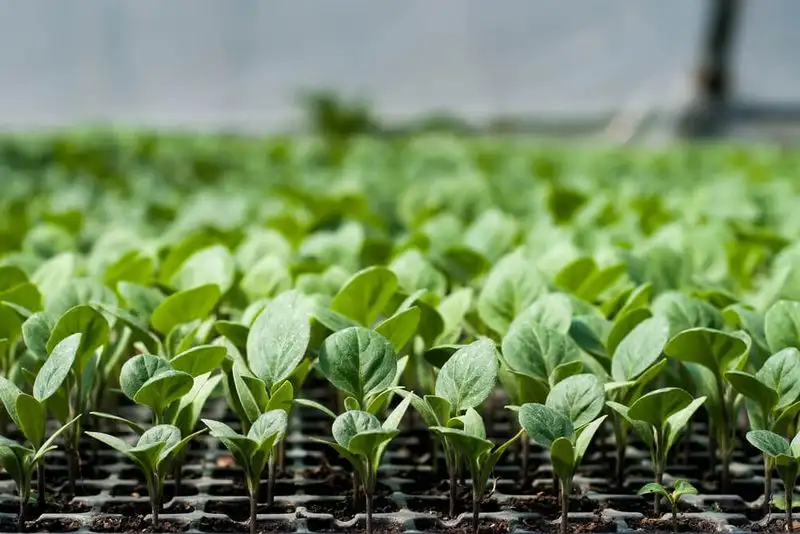
Crowded seedlings might appear as a problem, but they reflect your garden’s potential for abundant growth.
Overcrowding shows successful germination and fertile soil. It provides an opportunity to thin plants, fostering strong individual growth.
This abundance allows you to select the best seedlings for transplanting or sharing with others, promoting a thriving garden community. Overcrowding is a testament to your soil’s fertility and the vigor of your seeds.
Fallen Leaves
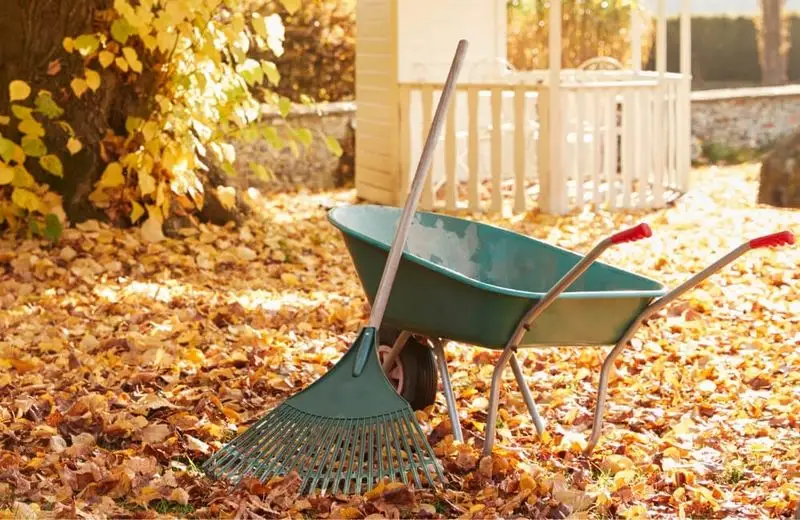
Fallen leaves often suggest neglect, yet they are vital for garden health. They provide a natural mulch, enriching the soil as they decompose.
Leaves create a habitat for beneficial insects and retain moisture, reducing the need for watering. Their decomposition recycles nutrients back into the soil, supporting plant health.
Embrace fallen leaves as nature’s way of nurturing the garden. Their seasonal presence marks the cyclical rhythm of life, adding to your garden’s sustainability.
Uneven Plant Growth
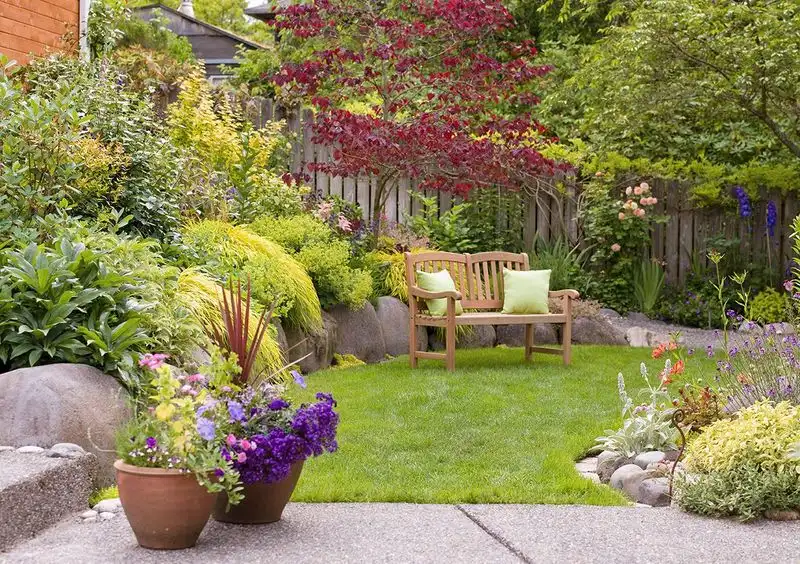
Uneven growth might seem like a gardening misstep, but it reveals your garden’s diverse microenvironments.
Such variation suggests different light, moisture, and soil conditions across your garden. It indicates a living space that accommodates a range of plant needs.
This diversity is beneficial, supporting a wider array of species and ecological interactions. Uneven growth contributes to a more resilient garden, capable of withstanding varied environmental stresses.
Wildflower Intrusions
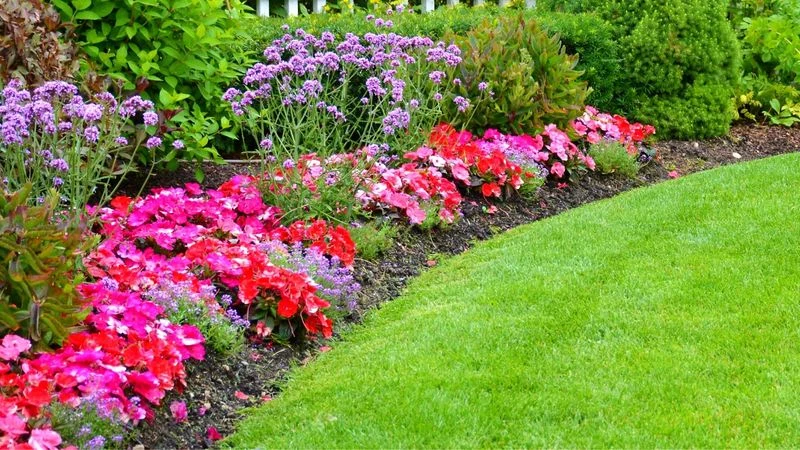
Wildflowers popping up among cultivated plants might appear unruly, yet they enhance your garden’s biodiversity.
These intrusions offer habitat for pollinators and beneficial insects, boosting your garden’s ecological balance. Wildflowers often indicate healthy soil and minimal chemical interference.
Their presence can introduce unexpected beauty and resilience, complementing your garden’s planned design. Wildflowers provide a sanctuary for wildlife, enriching the garden experience.
Pest Holes in Leaves

Holes in leaves may seem destructive, but they often signal a balanced ecosystem.
Such damage indicates the presence of pests that are food for beneficial predators. This natural cycle helps control pest populations without harmful chemicals.
Holes also reflect your garden’s ability to support diverse species, contributing to its overall health. While it may seem unsightly, this is part of a thriving ecosystem where plants and pests coexist.
Fungal Growth

Fungal growth on plants or soil might seem alarming, but it often plays a crucial role in decomposition.
Fungi break down organic matter, enriching the soil with vital nutrients. Their presence signifies active soil life and a thriving microbial community.
While some fungi can harm plants, many are beneficial, enhancing nutrient uptake and soil health. Fungal growth reflects your garden’s vibrant ecosystem, supporting plant vitality.
Bird Visitors
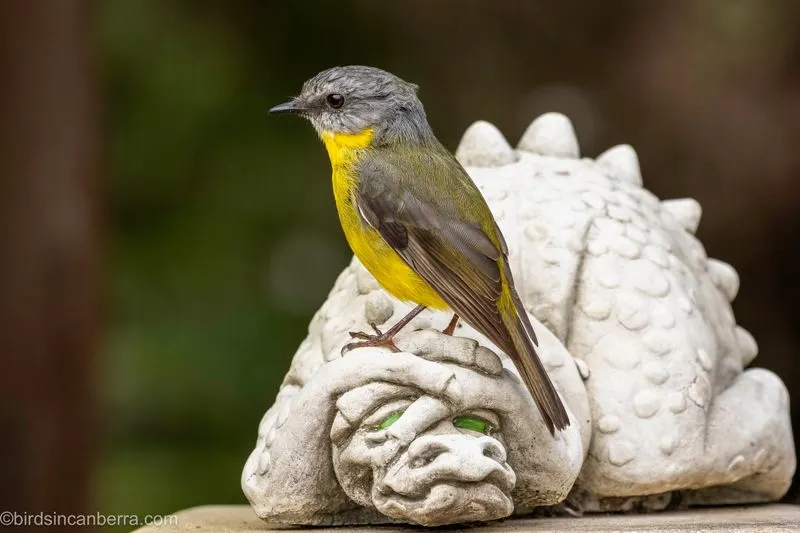
Birds hopping around your garden may seem distracting, yet they are vital allies in maintaining ecological balance.
These visitors eat pests, reducing the need for chemical interventions. Birds also aid in pollination and seed dispersion, enriching your garden’s biodiversity.
Their presence indicates a welcoming, healthy habitat. Birds contribute to your garden’s vibrancy, with their lively interactions enriching the outdoor experience.

